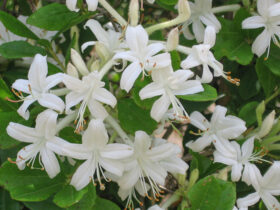In the shadows of dense, moist woodlands, a mysterious and ethereal plant blooms—the Monotropa uniflora, commonly known as the Ghost Plant, Indian Pipe, or Corpse Plant. With its ghostly white appearance and unique ecological adaptation, this captivating plant has intrigued botanists and nature enthusiasts for centuries. Join us as we unveil the haunting beauty and fascinating qualities of Monotropa uniflora, a true enigma of the botanical world.
Monotropa uniflora images
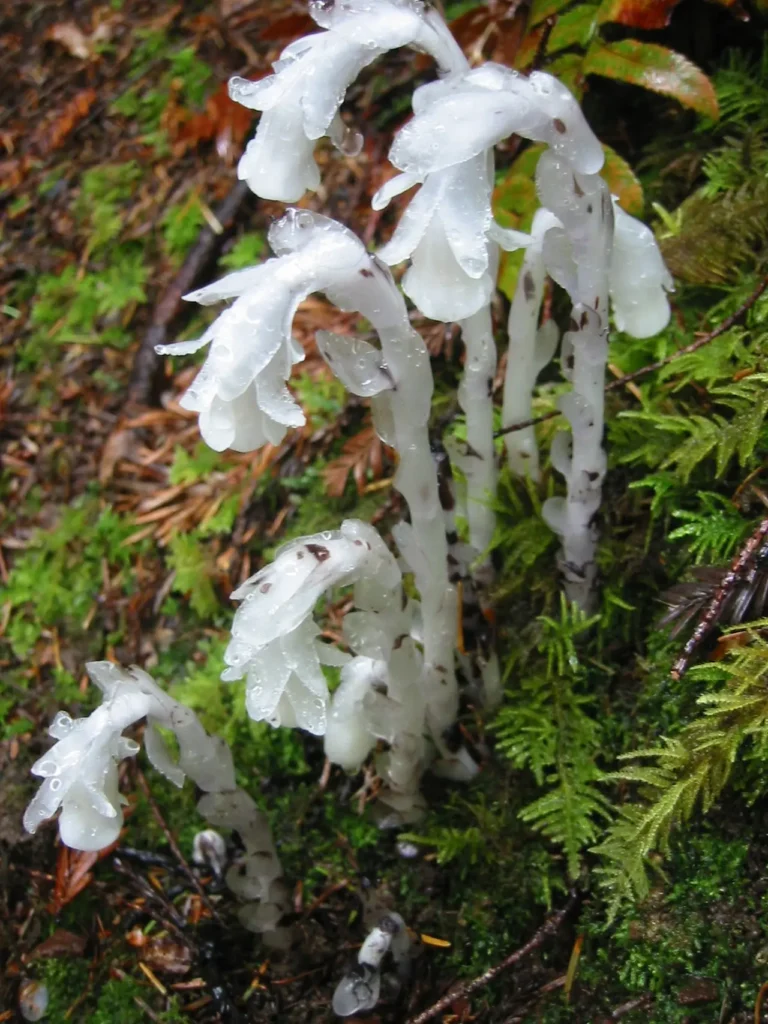
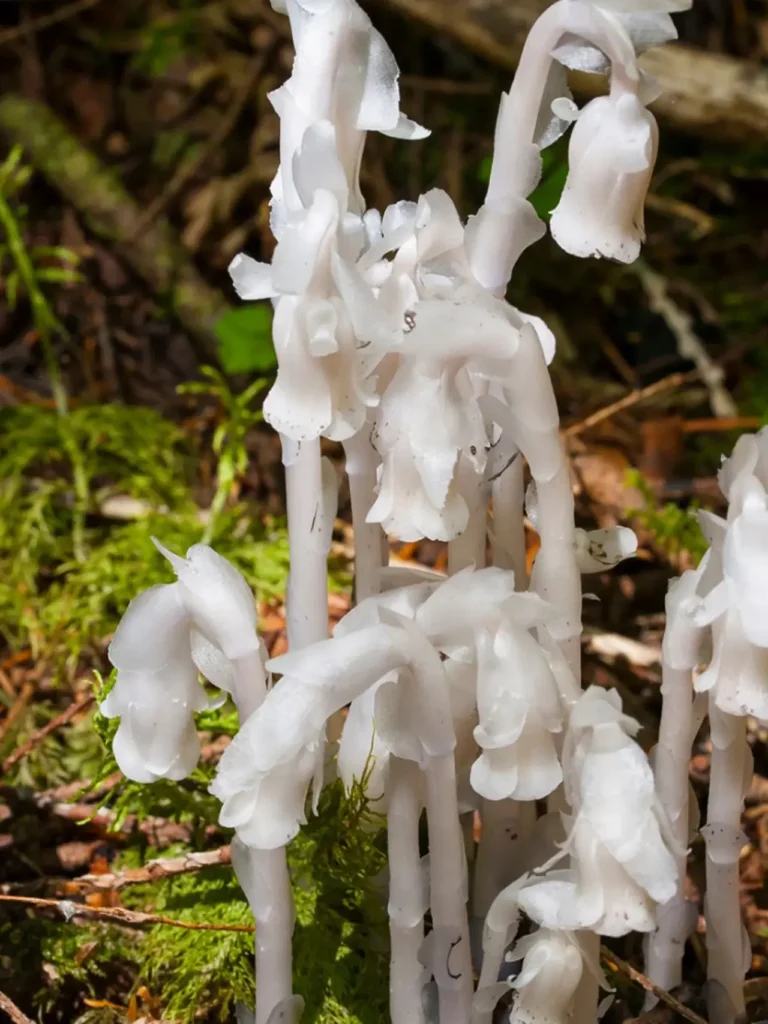
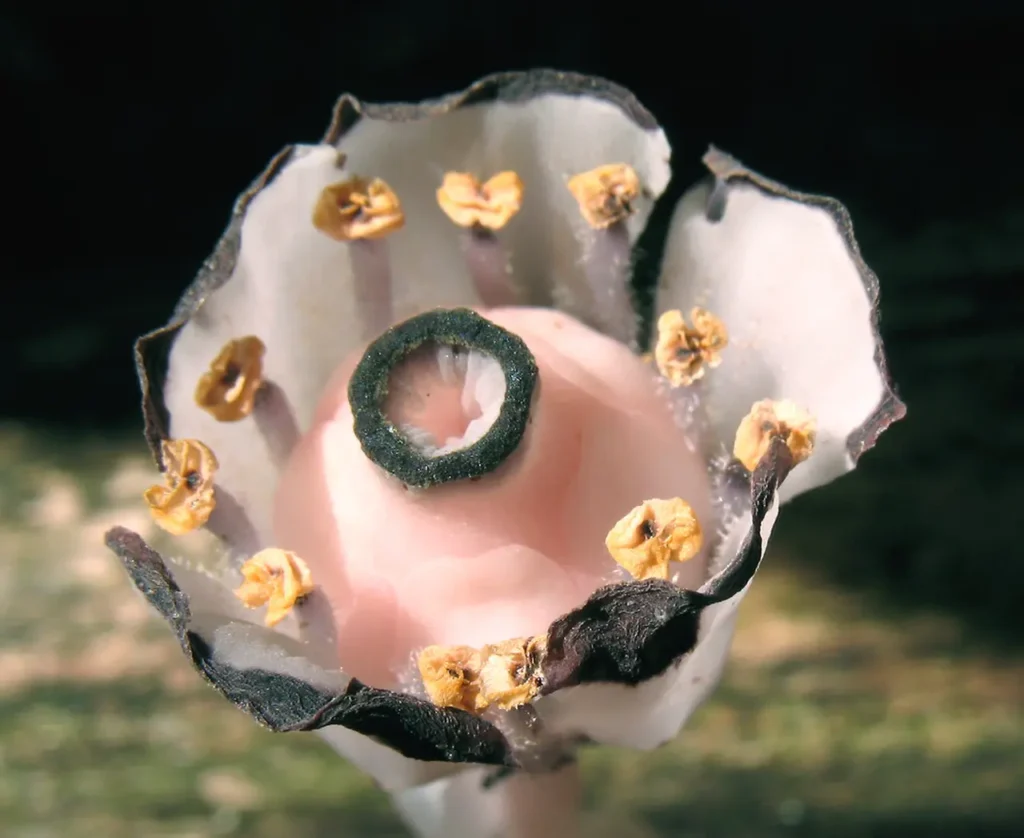
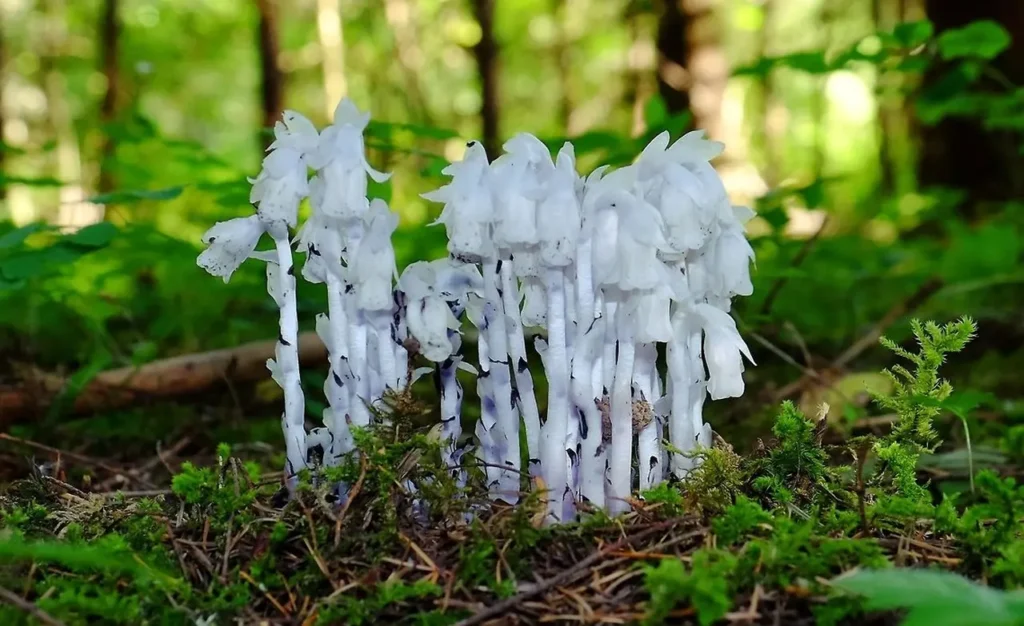
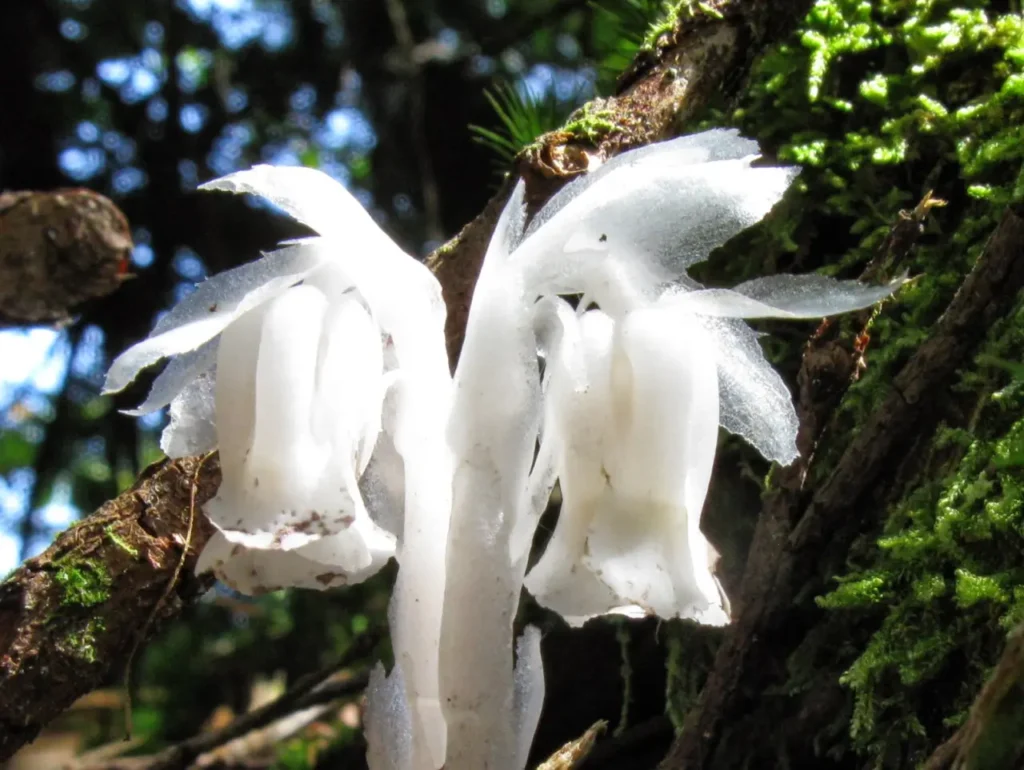
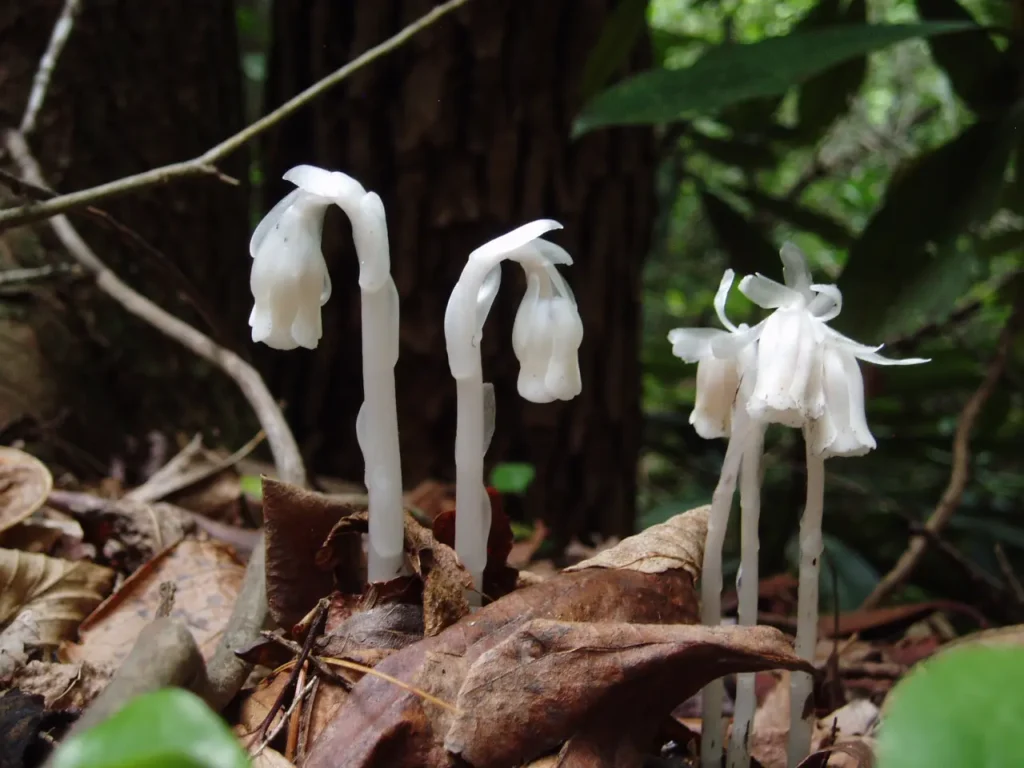
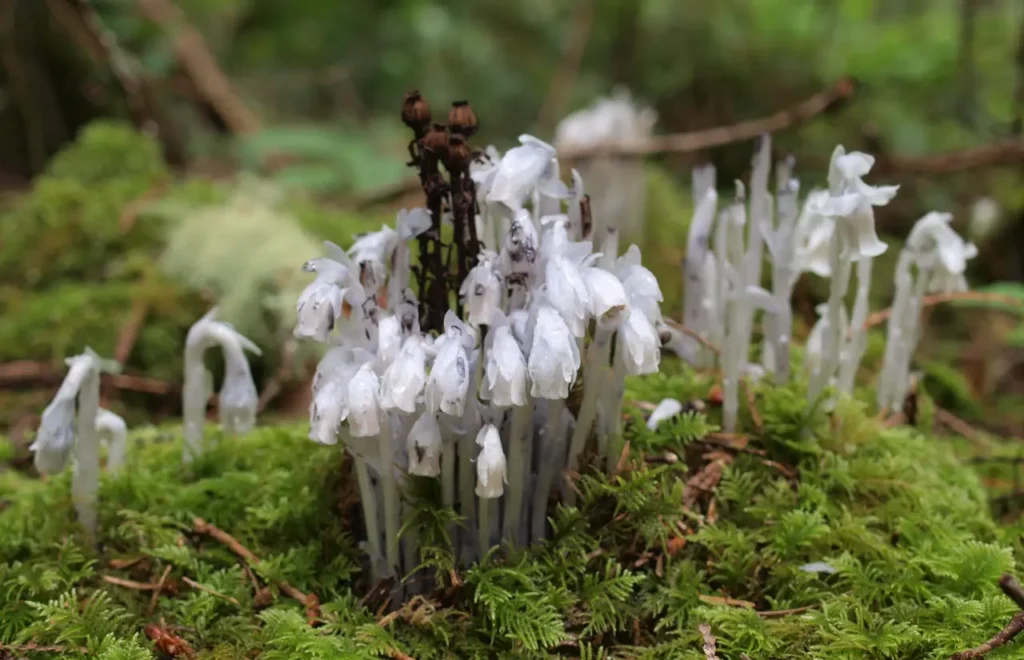
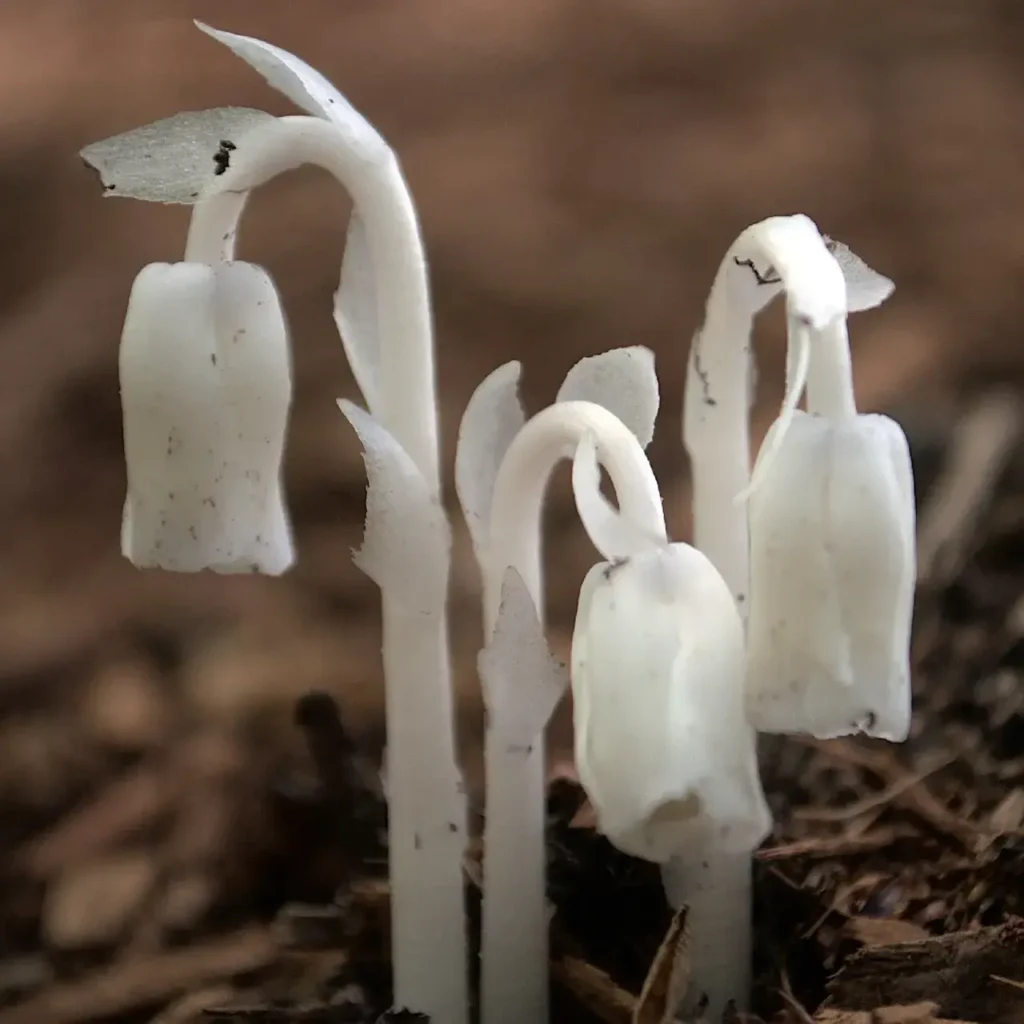
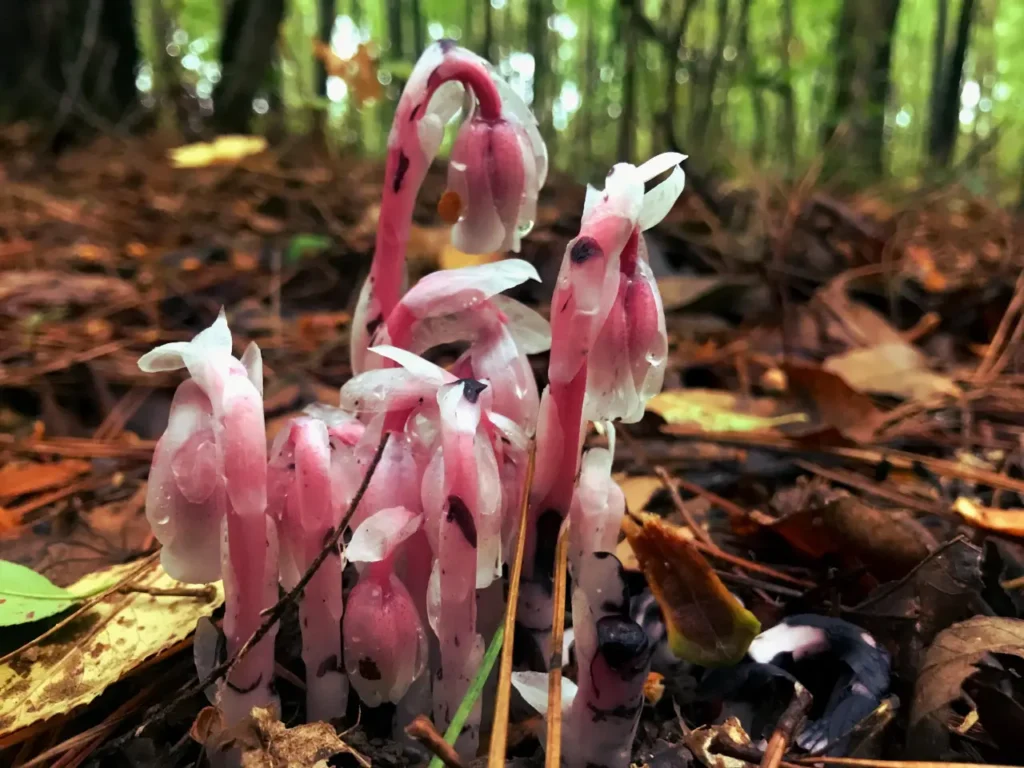
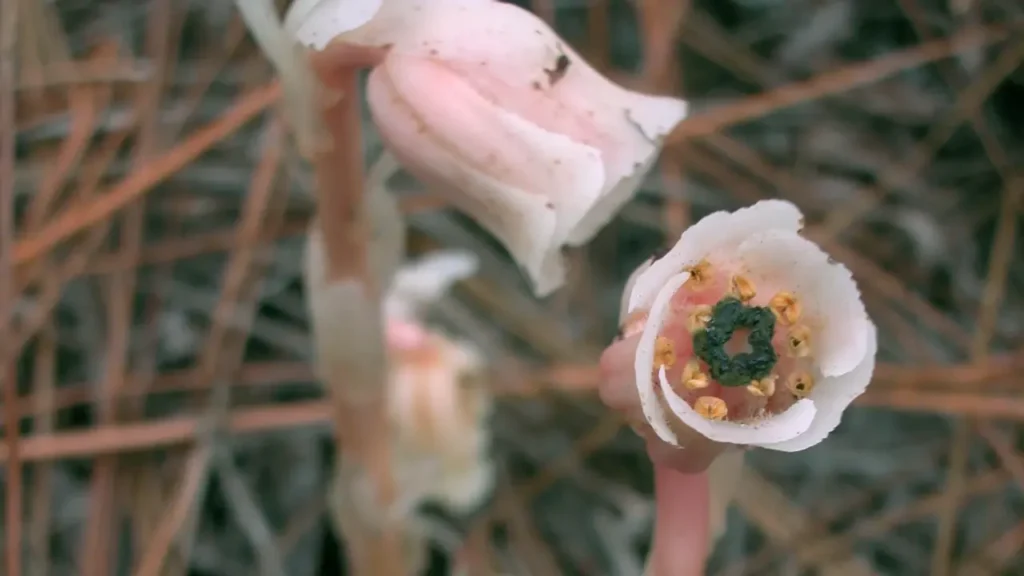
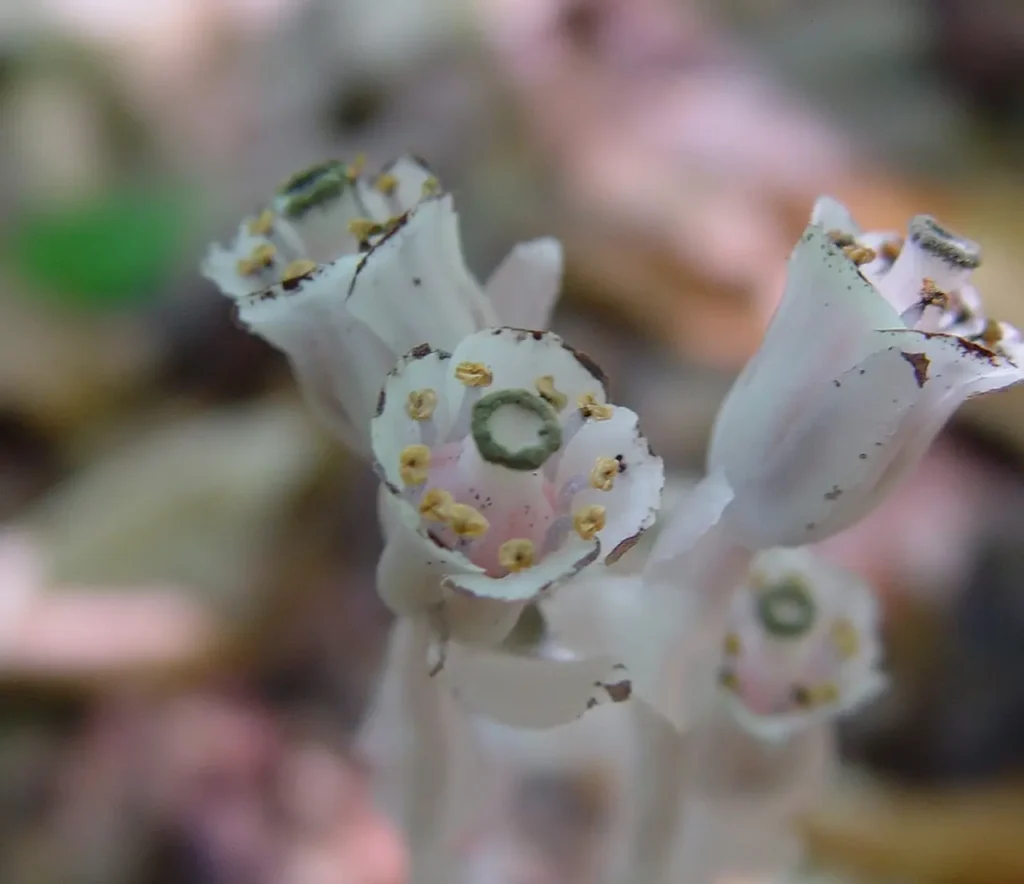
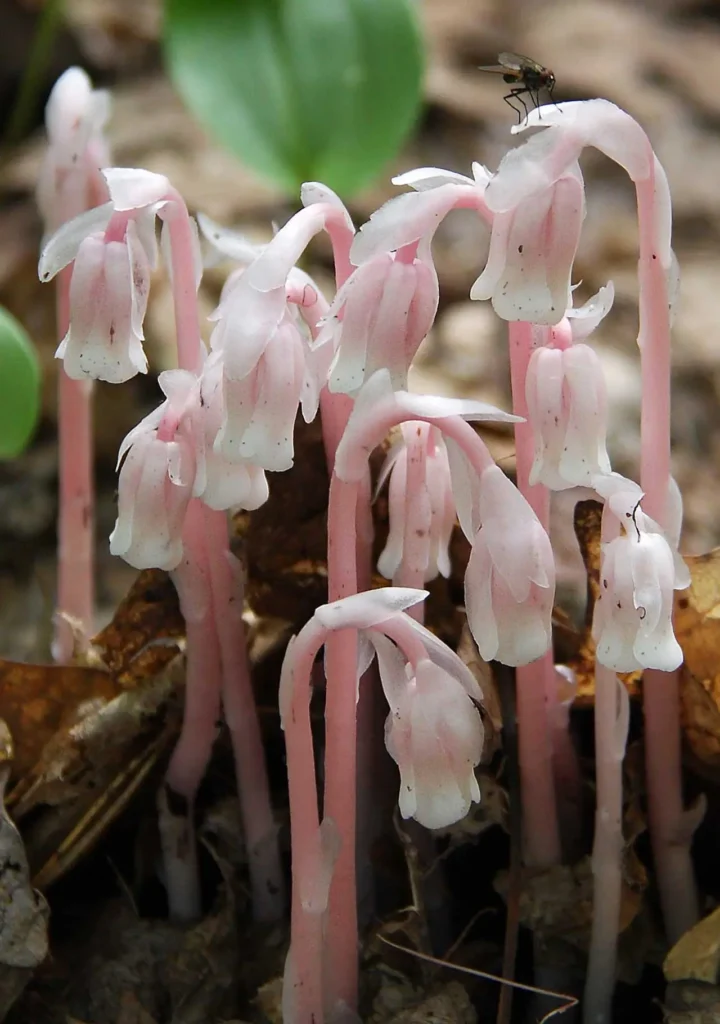
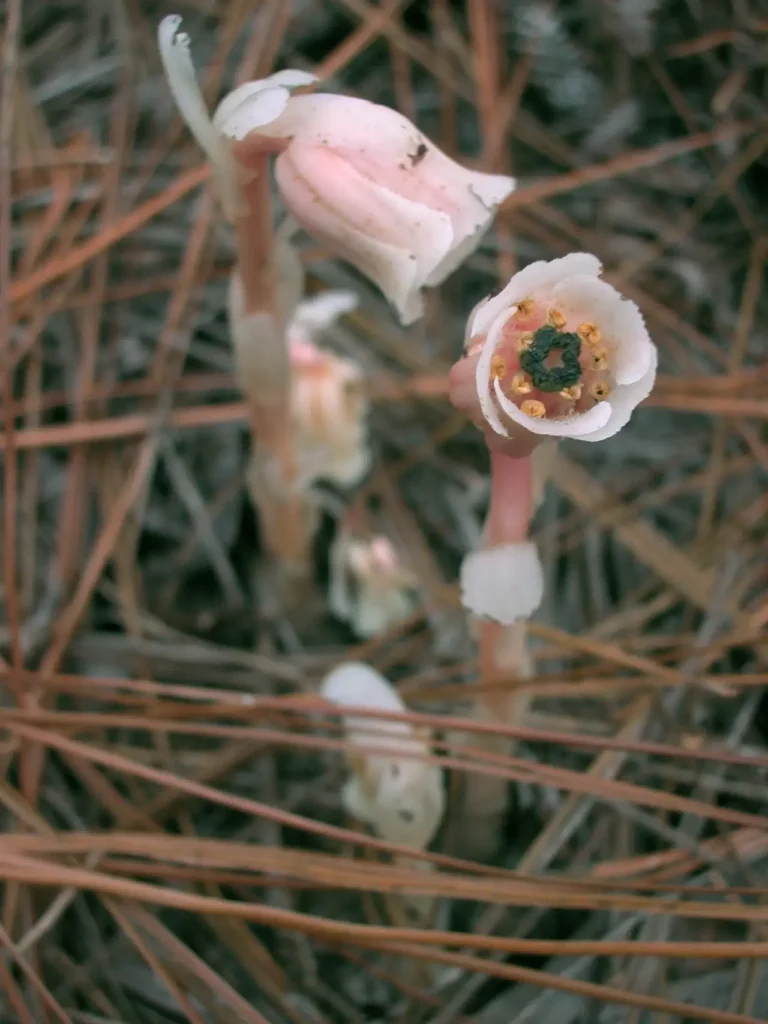
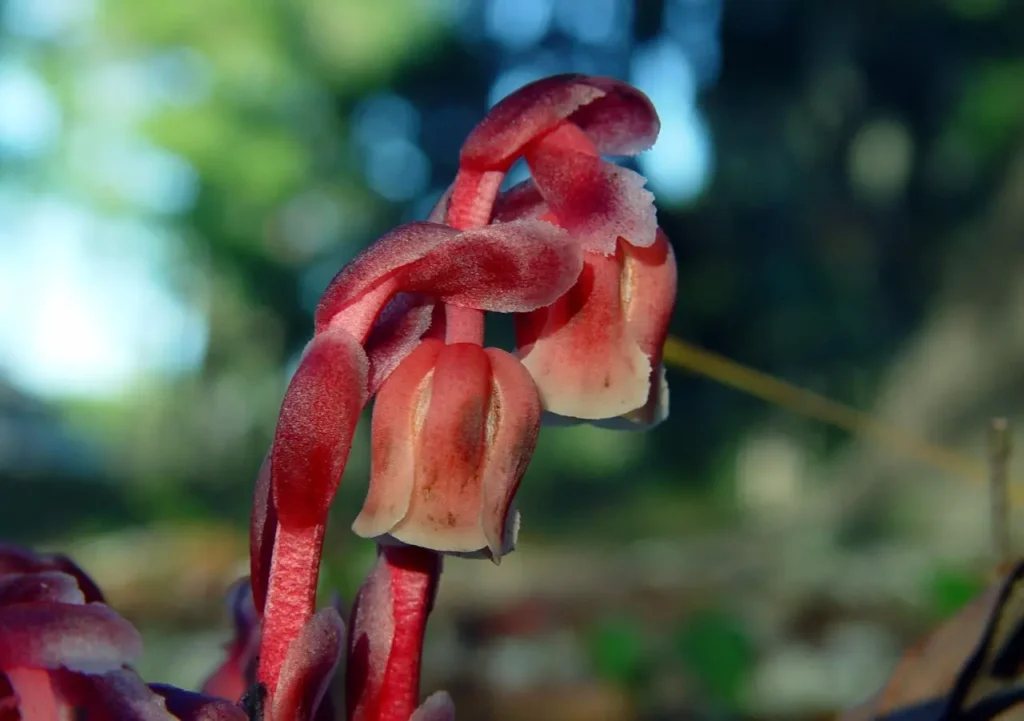
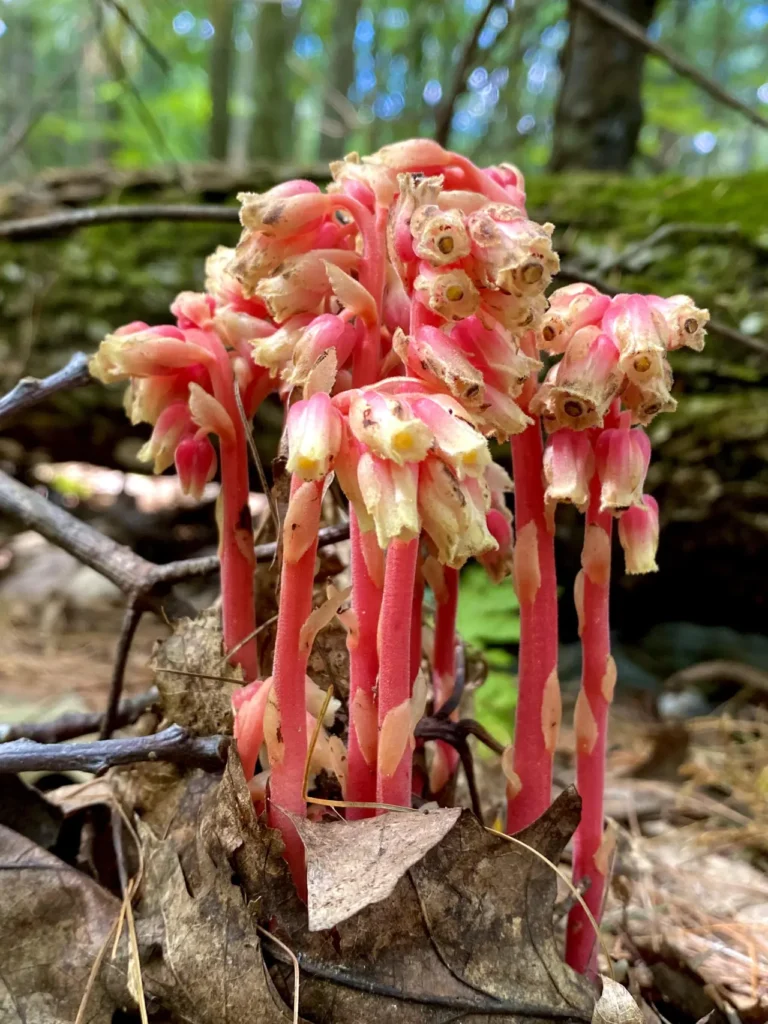
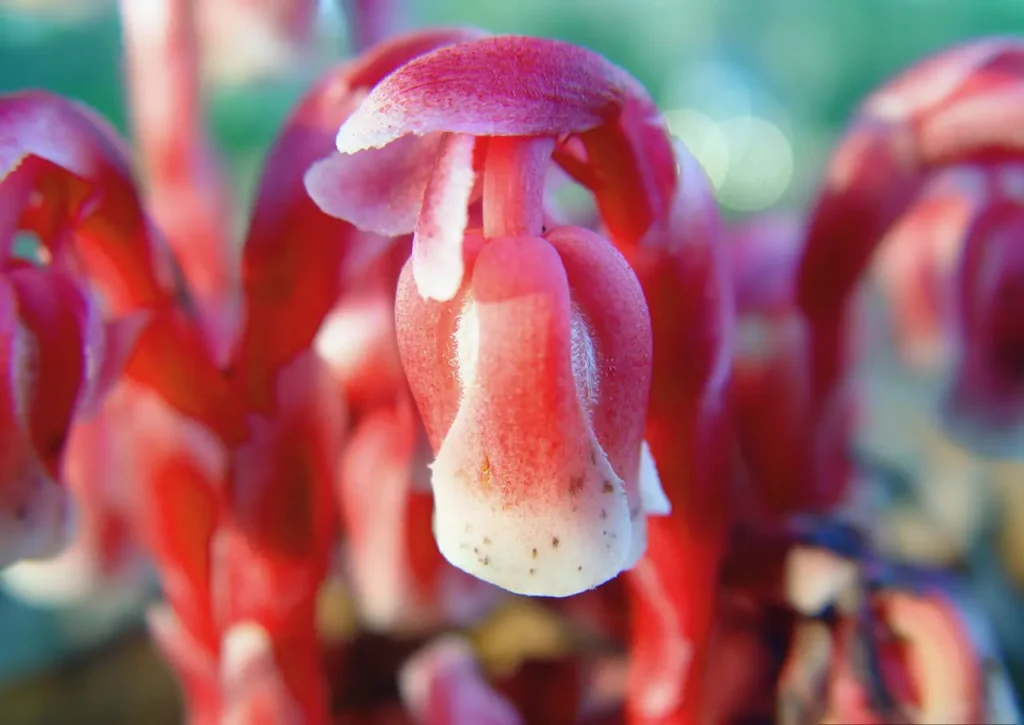
Appearance and Characteristics
Monotropa uniflora is a small, herbaceous perennial plant that lacks chlorophyll, the green pigment responsible for photosynthesis in most plants. As a result, this unusual plant appears ghostly white or pale, giving rise to its popular names, Ghost Plant and Indian Pipe.
The plant’s stem is slender and erect, and it stands anywhere from 10 to 30 centimeters (4 to 12 inches) tall. At the top of the stem, a single, nodding flower emerges, featuring a bell-shaped structure. The flower is typically waxy white, occasionally tinged with pink or light green, and consists of three to nine petals. Despite its lack of chlorophyll, Monotropa uniflora can produce its own energy through a unique process called mycoheterotrophy.
Ecological Adaptation and Mycoheterotrophy
Monotropa uniflora exhibits a fascinating ecological adaptation known as mycoheterotrophy. This means that it obtains its nutrients not from photosynthesis but by forming a symbiotic relationship with mycorrhizal fungi in the soil.
The fungus forms connections with the roots of trees, from which it draws nutrients. The Ghost Plant taps into this network of mycorrhizal fungi and derives its energy and nutrients indirectly from the surrounding trees, making it a parasite on the fungal-plant relationship.
Habitat and Distribution
Monotropa uniflora is native to various regions of North America, Europe, and parts of Asia. It prefers to grow in the cool and moist environments of deciduous and coniferous forests, often among fallen leaves and woody debris. The plant emerges from the forest floor during the warm summer months, lending an otherworldly presence to the woodland.
Cultural Significance and Folklore
The Ghost Plant has captured the imagination of cultures around the world and has been the subject of various folklore and symbolic interpretations. In some Native American traditions, it is believed that the plant represents the spirits of the ancestors, hence its name “Indian Pipe.” In European folklore, it has been associated with various superstitions and magical beliefs.
Conservation and Protection
Monotropa uniflora is not considered globally threatened. However, like many delicate and specialized plants, it is vulnerable to habitat disturbance and trampling. Conservation efforts focus on preserving the forests and woodlands where it thrives and raising awareness about the importance of maintaining the delicate balance of these ecosystems.
An Enigmatic Wonder of the Forest
Monotropa uniflora, with its ghostly appearance and unique ecological adaptation, stands as an enigmatic wonder of the forest—a captivating testament to the extraordinary diversity found within the botanical world. As we explore the haunting allure of the Ghost Plant, we are reminded of the hidden treasures that await discovery in nature’s most secretive corners.
By cherishing and protecting these ethereal plants and their natural habitats, we ensure that future generations can continue to marvel at the enigmatic beauty of Monotropa uniflora—a true gem of the botanical kingdom, adding a touch of mystery and magic to the world’s rich tapestry of plant life.
